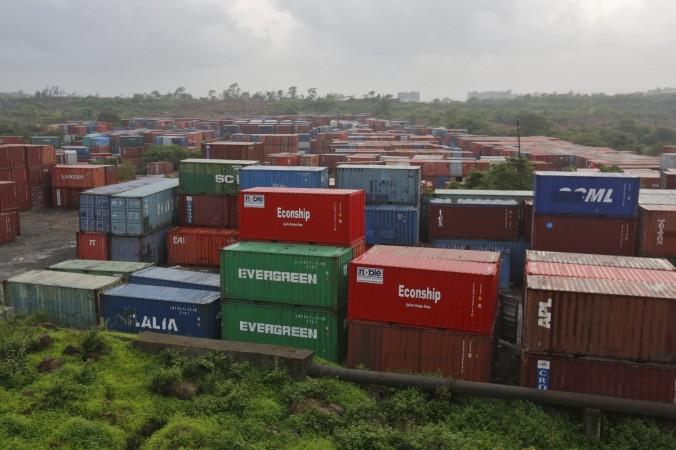
India is planning wide-ranging rationalisation of its customs duty structure to make international trade more efficient mirroring the good and services tax (GST) that simplified domestic trade, news reports say.
"We want to go in for something which will be radically different from what we have been doing. We are going to venture into a new territory called faceless assessment. We could start a pilot in a month's time," said S Ramesh, Chairman of Central Board of Indirect Taxes (CBDT), in an interview to The Economic Times.
The government plans to minimise face-to-face interactions of traders with customs officials, automate the release of goods from the ports and give businesses the facility to track the shipment.
This would require properly interfacing the traders' systems with the customs department systems. This is expected to facilitate faster approvals and reduce corruption and undue bureaucratic bottlenecks, according to the report.
India charges both advalorem duty based on the value of imports or exports and specific rate based on the quantity in number, volume or weight for different types of goods. This has led to allegations of confusion and exploitation by bureaucracy, which enjoys a lot of discretion in making decisions regarding import and export tariffs. The trade community has been demanding a rationalisation of the import and export tax structure for long.
There is a host of duties that customs officials can levy on imports and exports. They include the basic customs duty, additional duty, special additional duty, and several additional levies like countervailing duty, anti-dumping duty, and safeguard duty. Certain goods also are liable to be charged a cess.
These rule changes are expected to help further improve India's ease of doing business ranking. In 2017, World Bank's recent Ease of Doing Business Report showed India leapt 30 places to break into the top 100 nations for the first time. In 2018, the nation's rank further improved to 77 out of 190 countries.
The government wants the customs duty rationalisation to mirror its widely acclaimed implementation of the GST, which came into force on July 1 last year. GST rationalised the domestic trade tariff structure by introducing a limited number of tariff slabs so as to reduce the demands on traders. They are 3 per cent, 5 per cent, 12 per cent,18 per cent and 28 per cent.

















